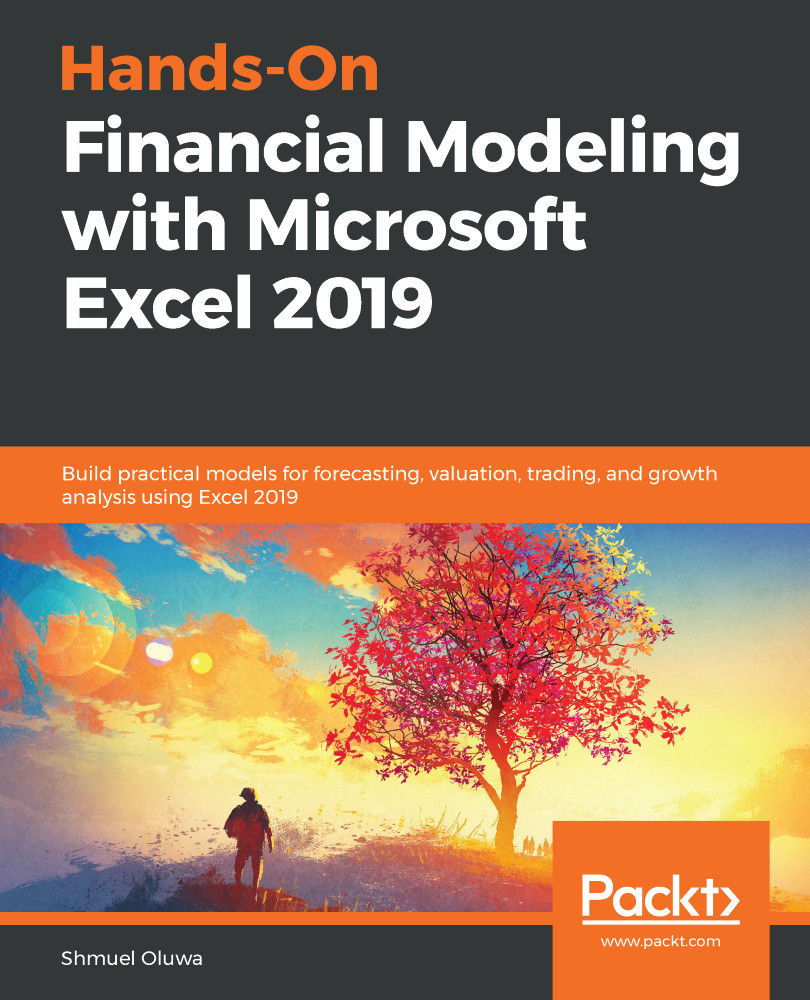At this stage, the projected balance sheet and profit and loss accounts are complete except for the effects of capital expenditure (CapEx)—purchase, disposal and depreciation, long-term debt, fresh issues, repayments, and interest charges. The fixed asset, depreciation, and debt schedules are very important to our model as they tend to appear as very significant amounts in financial statements. These are long-term balances and are not covered by growth drivers. You will rely on the client to give you information about their plans for CapEx and debt for over the next five years. If you have no information on this, you will generally assume that the existing balances will continue to be serviced for the duration of the projected years, or until they are fully written down or off—whichever comes first.
This chapter covers the following topics...


